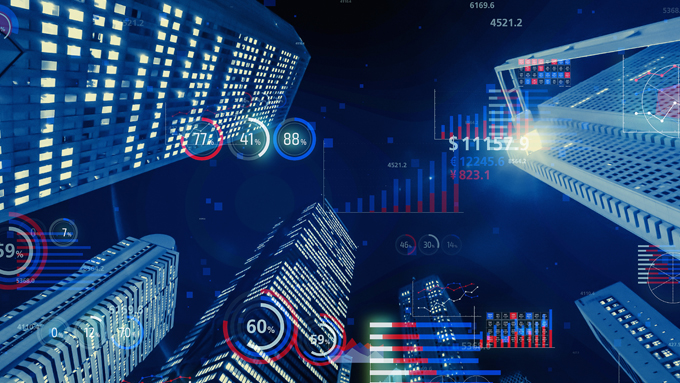
It’s the age of data – here’s how to make data work for your building portfolio
Data has completely revolutionized managing building operations – making it easier to pursue energy efficiency, detect leaks and faults before they cause major issues, and create adaptable spaces that offer enhanced user experiences.
Buildings have always created enormous amounts of data – but historically, such data was difficult to collect. Even when data is collected, different datasets have often remained in silos. Information on the maintenance and performance of a corporate office’s HVAC system, for example, will sit comfortably in the drawer of the maintenance team while essential connected information – such as the occupancy patterns in spaces that use HVAC significantly – remains locked up with the human resources department.
Disconnected in such a way, these datasets are left untapped and unexplored – an enormous lost opportunity.
Essential data, from everywhere and in real time
Para connects to and integrates data from different sources and in different technical languages on one platform. All that data is converted into one common language and set upon by the platform’s advanced machine learning and analytic capabilities. The result? Building operators are empowered to connect extensive datasets on multiple building systems and then mine those for insights that improve collective performance.
And what exactly does all of that mean, in actual practice?
Begin with why
To determine how data can be used most effectively, Para’s team coordinates with clients and their various stakeholders to determine their needs and aspirations for their building, portfolio or asset. Depending on priorities, Para’s team will examine existing data sources, identify gaps, and recommend measures that are tailored to achieving a client’s specific objectives.
Recognize the value of legacy and existing systems
Drawing data from existing systems has a number of benefits. Para connects to a given building’s legacy systems or existing conventional low-current systems – such as building management systems, lighting controls, access controls, existing meters, and any similar devices – which have databases of historical information on the asset. Leveraging existing and legacy systems also reduces capital costs or additional investments needed to operate the building management platform at optimal value.
Introduce IoT – sparingly and effectively
Depending on the needs of operators and clients, Para’s team may identify data gaps and recommend the installation of cost-effective devices such as IoT (Internet of Things) sensors or IoT actuators, which could be extremely valuable data sources. As a vendor-agnostic operator, our company only recommends products and devices that could help our clients achieve their objectives. Moreover, these recommendations are sparing, focusing only on additions that can provide significant returns on investment. With these extra devices specified as needed, Para’s team will be able to plug in any existing gaps in data needed to meet client objectives.
Leverage today’s data-ready equipment
In today’s world, many assets, equipment, and building services are IoT-ready. Home appliances, smart TVs, AC units, and even some types of furniture can now transmit data and can be connected and managed via special applications. As a highly adaptable building management platform, Para is capable of connecting to such systems and tap into their data streams to provide a more granular and detailed understanding of building operations.
Take advantage of online databases
The amount of essential data that is available online is also awe-inspiring. Para can connect to relevant online databases and datasets in order to optimize operations and give operators a better understanding of how their asset compares to others in similar categories. For example, Para can leverage online databases to analyse maintenance faults in certain systems by benchmarking against the Mean Time Between Failure (MTBF) of similar systems and components, or other similar metrics that are available online. Elsewhere, Para can also use weather forecasts to optimally load and unload cooling and heating plants. Tapping into online resources can boost the value of the insights Para can offer.
Unleash AI and machine learning to obtain actionable insights
As the ultimate building management platform, Para can receive these inputs from all building systems, in real time and in various formats. The platform’s seamless and agnostic architecture allows the numerous disparate data sources to be converted into one common language. That converted data is then analysed by Para’s powerful proprietary machine learning and artificial intelligence (AI) engine to produce predictive, proactive 24/7 insights that empower operators to meet the objectives set for their assets.
Visualize data for everyone
Data can never truly meet its full potential unless it’s set in a digestible, clean format that is easy to understand and act on. For this reason, Para provides a dashboard that is a single source of information tailored and customized to the needs and requirements of different operators. The platform’s digital twin feature is an exceptional visualization technique that can provide a full picture and be customized to the specific requirements of any given client stakeholder (from maintenance and security to human resources), enabling maximum immediate and long-term value.
Track outcomes
Para not only offers recommendations for improving performance, it also allows operators to model the performance of these recommendations before they are implemented. In turn, this builds confidence in expected outcomes and provides a foundation for intelligent decision-making. Moreover, once recommendations are implemented, Para can be used to monitor improvements and demonstrate progress.



